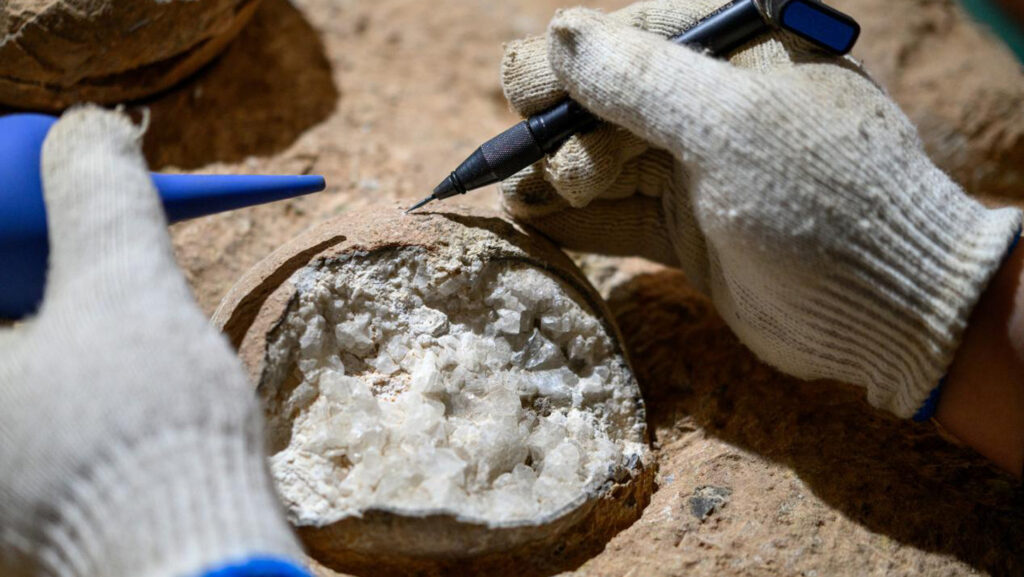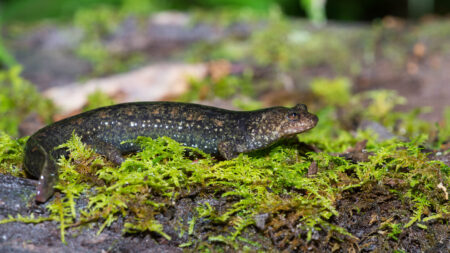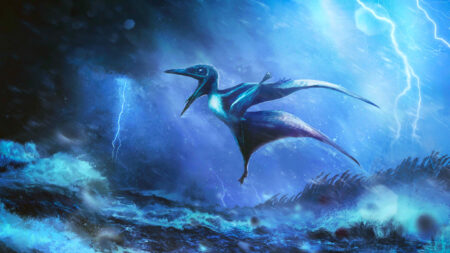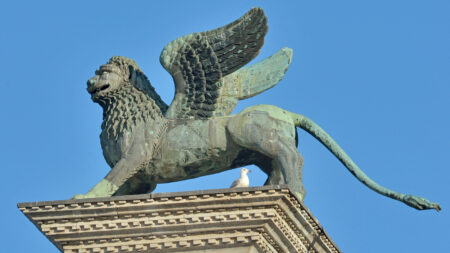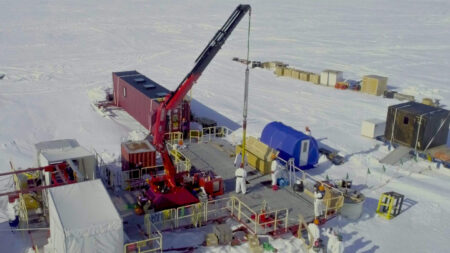Crystals hidden inside dinosaur eggs at a famous fossil site are giving scientists a chance to do something that’s long proven elusive: figure out how old the ancient nests really are.
Finding these fossilized eggs’ true shelf life makes it possible to connect large-scale changes in climate to tiny shifts in the structure of eggshells, the researchers report September 11 in Frontiers in Earth Science. That, in turn, offers a new way to assess the ancient environments in which the dinosaurs nested.
The Qinglongshan assemblage in central China contains over 3,000 dinosaur eggs of unknown parentage and — until now — uncertain age. But a clutch of 28 eggs at the site contains a secret clue: Like an eggy geode, the fossils bear large crystals of the mineral calcium carbonate. That calcium carbonate contains trace amounts of uranium in its crystal structure, making it possible to geochemically date the fossils, based on estimates of the rate of radioactive decay of uranium to lead.
Analyses revealed that the eggs are about 86 million years old, deposited during the Late Cretaceous Period. By then, the planet had cooled down considerably from the hothouse temperatures of the mid-Cretaceous.
And that drop in temperature could explain why the Qinglongshan eggs’ shells are so porous, say geologist Qingmin Chen of the Shaanxi Institute of Geology Survey in Xi’an, China, and colleagues. The number of pores, tiny holes in the shells that allow oxygen to enter and carbon dioxide to exit, can indicate environmental conditions such as humidity, temperature or even how deeply buried a nest might have been.
Being able to directly link environmental conditions to nesting sites is what makes this discovery so valuable, the team says. Dinosaur eggs are generally dated using indirect methods, such as analyzing the surrounding rocks or ash, or assessing the relative age of other fossils in the rocks. But those methods don’t provide precise ages.
Directly dating the eggs could therefore answer myriad questions, the researchers say — even about the final days of the dinosaurs. The geological basin that includes the Qinglongshan site also includes rocks that span the Cretaceous-Paleogene boundary — the time period when an asteroid struck Earth 65 million years ago, kicking off a mass extinction event thought to have killed off all nonbird dinosaurs.
Read the full article here





